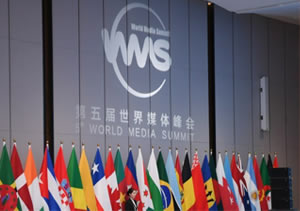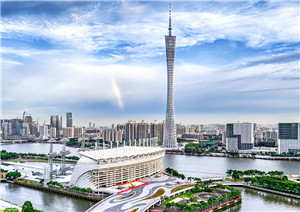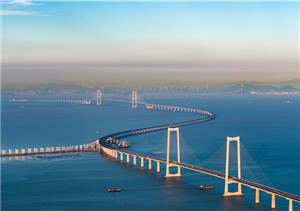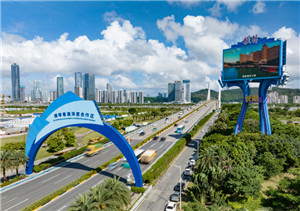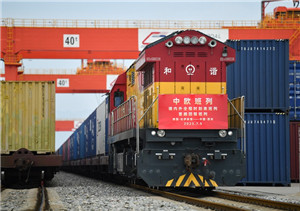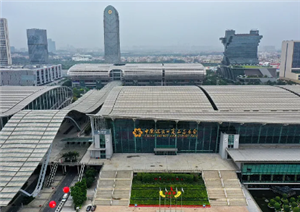Since establishing diplomatic relations in 1992, China and the Republic of Korea (ROK) have enjoyed 32 years of friendly exchanges.
Guangdong's cultural and economic exchanges with the ROK have seen remarkable development, serving as a shining example of Sino-ROK relations.
With close geographic, economic and cultural ties, Guangdong and the ROK are committed to partnership in achieving shared growth, promoting regional peace, revitalizing Asia and advancing global prosperity.
Guangdong has long served as a bridge connecting China to the world. Situated along the Pearl River Delta and the Pacific Ocean, Guangdong is a thriving center for trade. The ROK's city of Gwangju shares a similar Chinese pronunciation with Guangzhou, the renowned cultural and economic hub of South China, yet differs significantly in location and cultural heritage.
Gwangju, located 60 kilometers from Seoul in Gyeonggi Province, is famous as the ROK's "Home of Ceramics". In contrast, Guangzhou in China is a historic city known for its political and economic influence in South China.
Guangdong's Yunfu and Shaoguan cities also share historic ties with the ROK. During the reign of Emperor Dezong of Tang (742-805), Late Silla national master Doui traveled to Tang to study Buddhism and then founded the Jogye Order, which became the representative order of traditional Korean Buddhism. In the late 14th century, Jogyesa Temple was established. It thus plays a leading role in the current state of Seon Buddhism in the ROK.
Another Guangdong historical figure, General Chen Lin, was born in Wengyuan county in Shaoguan during the Ming Dynasty (1368-1644). Chen led the Ming navy to win the Imjin War (1592-1598) alongside Joseon Korea and defeated the Japanese army in 1597. After the war, one branch of Chen's descendants remained in the ROK, settling in Hwangchon-ri and thriving over 18 generations across nearly 400 years. This enduring heritage has fostered natural ties of kinship and culture, strengthening the bond between Yunfu, Shaoguan and the ROK.
Economic cooperation between Guangdong and the ROK has also been significant. In Guangzhou's Economic and Technological Development Zone, LG Display has helped establish an 8.5-generation OLED panel production line. Meanwhile, Cedar Holdings and SKC have allied to build one of the world's largest and most advanced eco-friendly production lines.
In the field of AI, iFLYTEK cooperated with the ROK's language technology leader Hancom to develop a Korean-based translation device. These collaborative projects lead innovation in their respective sectors. Economic cooperation between Guangzhou and the ROK has expanded from traditional sectors to new areas, including artificial intelligence, advanced equipment and new energy.
Cultural exchanges have also flourished, bringing heartfelt stories and friendships. For instance, award-winning Chinese acrobatic performers Wu Zhengdan and Wei Baohua have frequently performed in the ROK, sharing the artistry of China on a global stage, and highlighting the depth and breadth of Sino-ROK cultural ties.
Guangdong and the ROK share notable historical and cultural commonalities, with modern relations that remain robust. Exchanges in trade, culture and people-to-people relations continue to deepen, enriching the partnership between Guangdong and the ROK.



